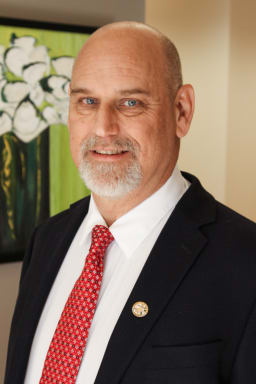
When William Harvey arrived at UVA in November, the campus was still in full boil over a series of racial incidents—epithets yelled from a passing car, racial slurs anonymously scrawled on dry erase boards. Students marched for “tolerance,” and President John Casteen hired Harvey as UVA’s first vice president and chief officer for diversity and equity.
Things have cooled down since then. “The perspective I have now is that the circumstances last fall were aberrations,” says Harvey. “They were not at all supported by the great majority of students here.”
Yet UVA still struggles with racial issues. Top administration still seems concerned about UVA’s reputation among potential students as a school with a race problem; meanwhile, tension between UVA students and Charlottesville’s local African-American community is an ongoing concern, as it is in most college towns, Harvey says.
Harvey says he spent his first full semester at UVA meeting with various student and community groups, and in the coming months he expects to start taking more action. One of the first major efforts will be a national symposium on race and society to be held at UVA in November. The theme of the first symposium will be Hurricane Katrina; next year it will be health disparities. “The idea is to position the University as a place where people understand that on an annual basis we’re going to have thoughtful, important discussions on topics of racial importance,” says Harvey.
Also, Harvey says he wants to focus on increasing the percentage of minority faculty on the tenure track at UVA. According to a fall 2005 report from Harvey’s office, 4 percent of UVA’s 1,481 tenured and tenure-track faculty is African-American, while 1 percent is Hispanic. According to the NAACP, the national college average for full-time black faculty is about 5 percent (a figure that includes all-black colleges) while the national percentage of Hispanic full-time faculty is about 2.6 percent.
“The figures are lower than we’d like for an institution of this caliber,” says Harvey. “We’re certainly interested in increasing our representation of faculty of color.”—John Borgmeyer




